Conifers: a breed apart
About 80 per cent of all plant species bear flowers, but conifers differ. This ancient family instead produce seeds in cones.
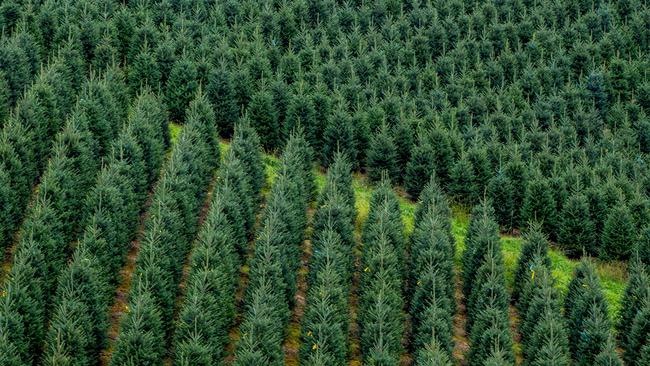
Our cut Christmas trees are usually Pinus radiata, a species from California grown extensively for forestry. The shapely little cut trees don’t have pine cones on them because they’re too young, but we all know what the cones look like. And it’s the prolific amount of seeds in them that’s helped make this species weedy across much of southern Australia.
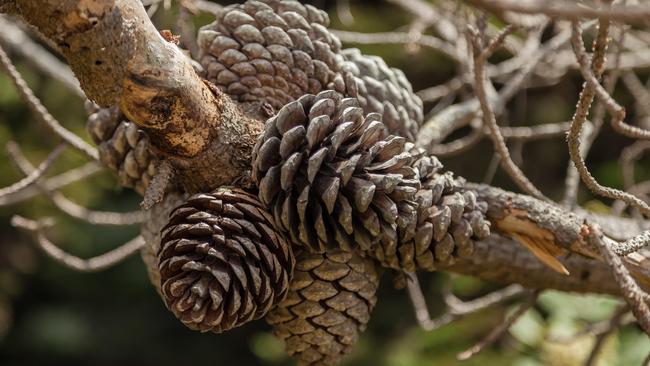
Cones are what distinguish an ancient group of plants we call conifers that are mostly evergreen trees from the northern hemisphere. About 80 per cent of all plant species bear flowers, but conifers differ. Technically they don’t have flowers or fruit but develop their seeds in cones. Confusingly, these can be fleshy such as juniper berries but many are woody such as the classic pine cone.
Pinaceae is one of the largest conifer families. It has about 120 species and includes genera such as pine (Pinus), spruce (Picea), fir (Abies) and cedar (Cedrus). They have needle-like leaves and often a conical shape that helps them shed snow. Many are important for their timber, resin and wood pulp for paper products. About 30 Pinus species produce edible nuts, including pinyon (P. edulis), Mediterranean stone pine (P. pinea) and Korean pine (P. koraiensis).
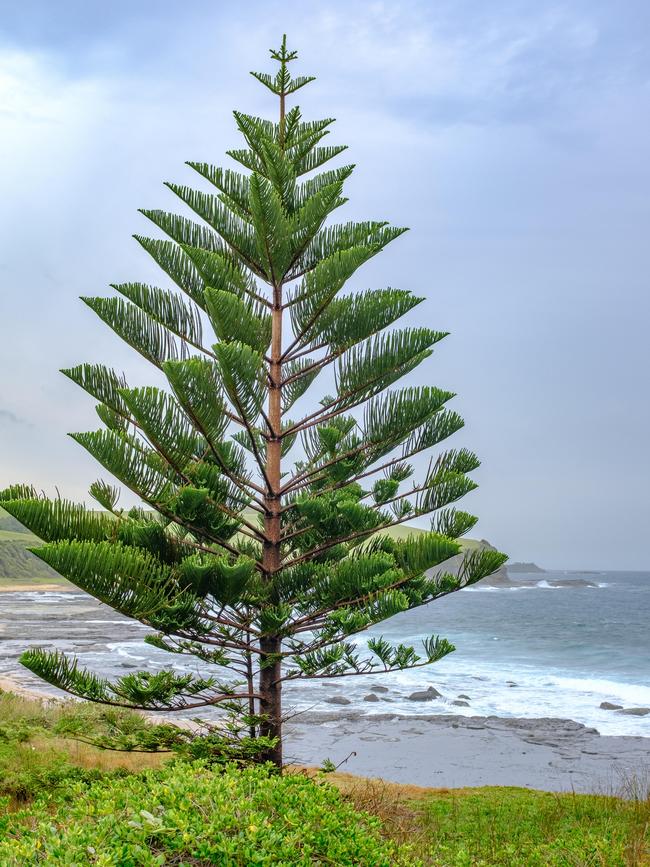
Another large conifer family is Cupressaceae, which includes cypresses (Cupressus), junipers (Juniperus), redwoods (Sequoia) and the mostly Australian Callitris genus. The Araucariaceae family are nearly all southern hemisphere conifers, including Norfolk Island pine (Araucaria heterophylla), bunya pine (A. bidwillii), New Zealand’s kauri (Agathis australis) and the Wollemi pine (Wollemia nobilis), thought to be extinct but discovered in the Blue Mountains in 1994.
When we think of a pine cone, it’s a female cone. Pines (and many conifers) have separate male and female cones on the same plant; the male cones bear pollen and the females, once fertilised with pollen, bear the seeds. On most trees, both sexes are fertile at different times to avoid self-pollination and ensure genetic diversity. For the same reason, female cones tend to be in the upper canopy and the males lower down. Typically, male cones are smaller and more plentiful than the females, as their copious, fine pollen is distributed by wind. Deodars (Cedrus deodar) can shed so much yellow pollen in autumn that it coats any paving, car or structure under them.
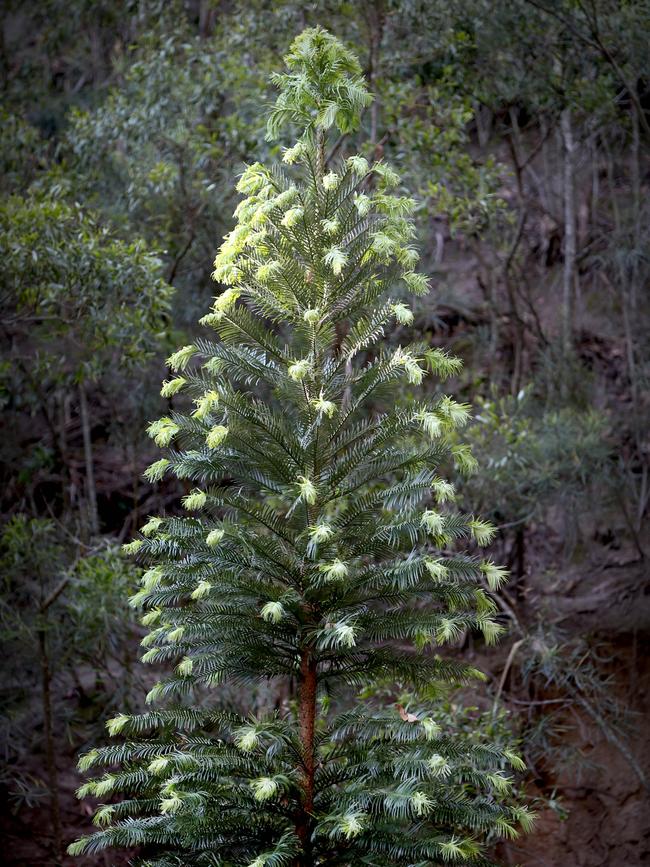
In most pines, the female cones take two to three years to develop before splitting open to release their seeds, while the male cones are short-lived. Female pine cones can open and close, even after falling from the tree, opening when warm and dry to release seeds and closing when cold or wet to protect them. In some fire-adapted pine species, the seeds stay stored in closed cones for decades and are released only when fire kills the parent tree.
The biggest cone of any conifer is from the bunya pine (Araucaria bidwillii) from Queensland. The soccerball-sized cones each contain 50-100 large seeds and weigh up to 10kg – when they drop 40m from the canopy, they can be deadly.
Q&A
Is it possible to dig up very old heritage roses and transplant them? Jodi, by email
Roses transplant readily in mid-winter when dormant. Prune first; dig deeply to get as much rootball as possible. Replant in a sunny spot with good soil. Don’t fertilise until new growth starts. Use prunings to strike hardwood cuttings as insurance or for extra plants.
Each year, my camellias get lots of buds but most go brown and drop off. They’re mulched, fertilised in winter and face east. Sasha Verma, Perth
Camellias like rich, acidic soil so Perth sand needs lots of improvement. Fertilise in autumn and water regularly when budding from January. “Flower balling” occurs in some older varieties or when too many buds are set or if winds are salty. For many pale camellias facing east, balling occurs as the morning sun hits buds wet with dew.
Our new house has an established garden. Elm shoots pop up everywhere; there’s no elm tree here but there’s a golden elm in the street. Should we get rid of the shoots? How? Roberta Jack, Woodend, Vic
On some trees like elms, robinias and crepe myrtles, suckers from roots keep shooting years after a tree is removed. Each sucker can grow into a tree. Treat them when small with glyphosate (Roundup, Zero). They could be coming from the golden elm, which is grafted onto a vigorous elm rootstock. Applying glyphosate to large or many suckers can potentially kill the main tree, so keep cutting them off as early as possible. You can smother them with thick layers of newspaper covered with mulch.
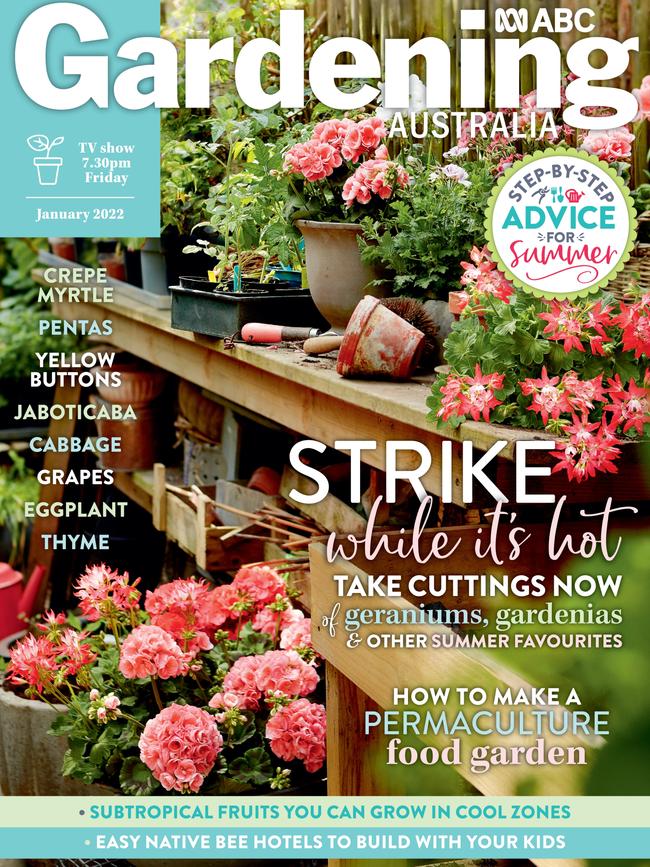
Send your questions to: helenyoungtwig@gmail.com or Helen Young, PO Box 3098, Willoughby North, NSW 2068. Website: helenyoung.com.au. The best question for December/January wins a 12-month subscription to ABC Gardening Australia and ABC Organic Gardener magazines, worth $109; abcmagazines.com.au.




To join the conversation, please log in. Don't have an account? Register
Join the conversation, you are commenting as Logout